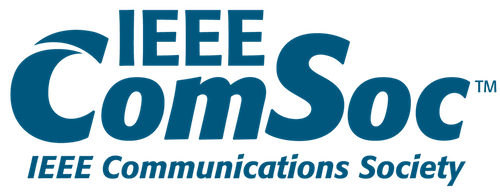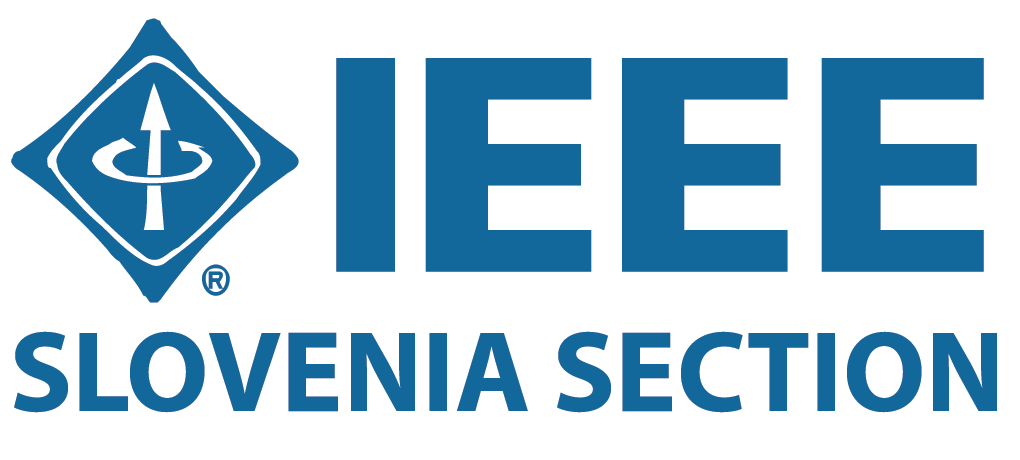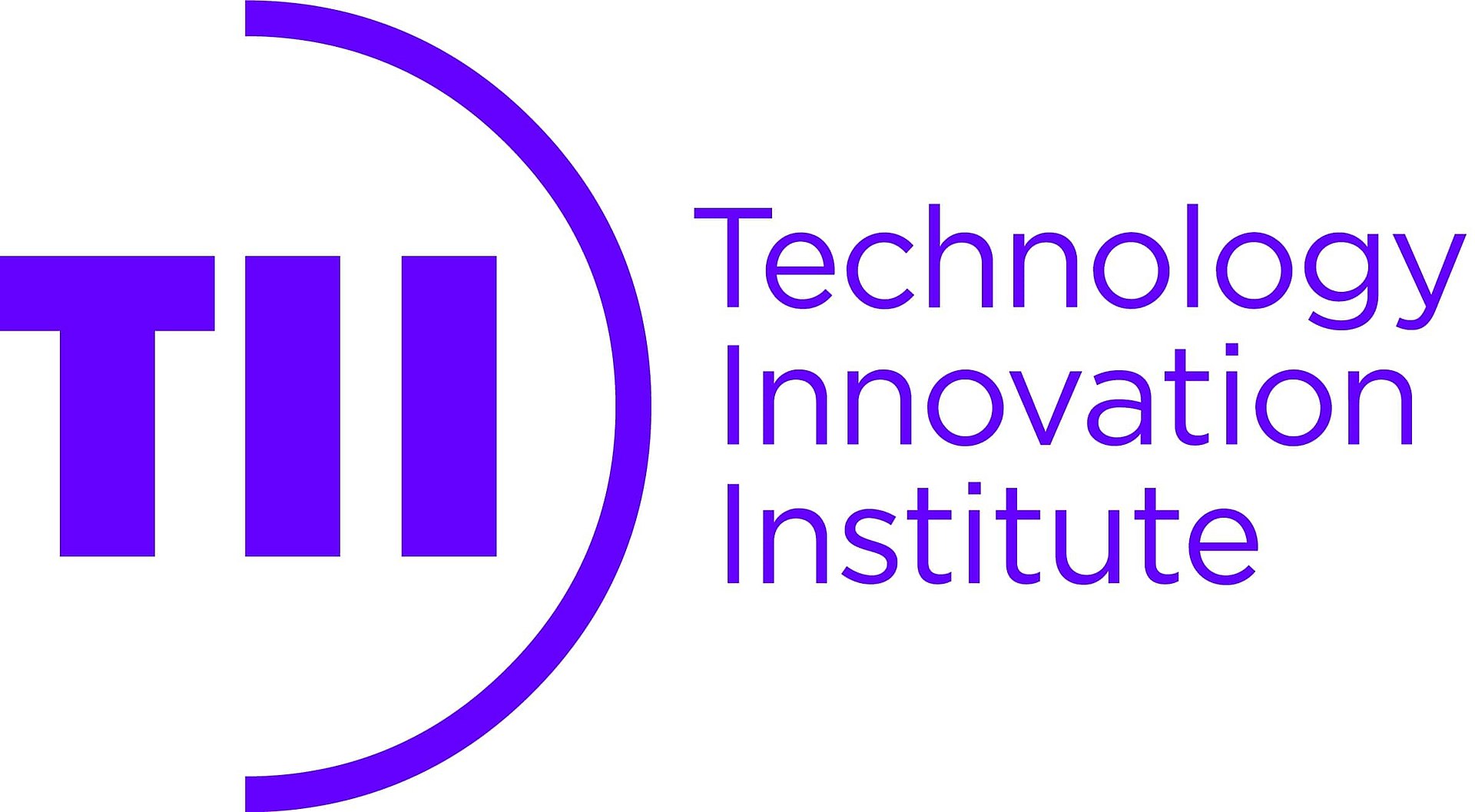Keynote speakers
Energy-Efficiency and Security in Hardware-Constrained Wireless Communications

Short Biography
Elza Erkip is an Institute Professor in the Electrical and Computer Engineering Department at New York University Tandon School of Engineering. She received the B.S. degree in Electrical and Electronics Engineering from Middle East Technical University, Ankara, Turkey, and the M.S. and Ph.D. degrees in Electrical Engineering from Stanford University, Stanford, CA, USA. Her research interests are in information theory, communication theory, and wireless communications.
Dr. Erkip is a member of the Science Academy of Turkey and is a Fellow of the IEEE. She received the NSF CAREER award in 2001, the IEEE Communications Society WICE Outstanding Achievement Award in 2016, the IEEE Communications Society Communication Theory Technical Committee (CTTC) Technical Achievement Award in 2018, and the IEEE Communications Society Edwin Howard Armstrong Achievement Award in 2021. She was the Padovani Lecturer of the IEEE Information Theory Society in 2022. Her paper awards include the IEEE Communications Society Stephen O. Rice Paper Prize in 2004, the IEEE Communications Society Award for Advances in Communication in 2013 and the IEEE Communications Society Best Tutorial Paper Award in 2019. She was a member of the Board of Governors of the IEEE Information Theory Society 2012-2020, where she was the President in 2018. She was a Distinguished Lecturer of the IEEE Information Theory Society from 2013 to 2014.
Abstract
Next generation wireless networks (6G and beyond) rely on specialized hardware to provide orders of magnitude higher data rates, but potentially consume orders of magnitude more energy as they move towards higher frequencies and larger number antennas. In the first part of the talk, we focus on communication systems using low-power RF hardware, which reduce power consumption at the expense of system nonlinearities and signal distortion. We discuss capacity bounds and communication strategies under such hardware constraints, and argue that significant power savings is possible when RF power consumption-performance profile is integrated with and optimized using our theoretical framework. In the second part of the talk, we discuss security vulnerabilities arising from hardware Trojans, which may be embedded when the specialized hardware is sourced from third-party providers. We show that pilot attacks can significantly increase the ability of a Trojan to communicate covertly, resulting in positive communication rates which are not otherwise possible.
The Potential of Non-Terrestrial Networks for 6G

Short Biography
Michele Zorzi received the Laurea and Ph.D. degrees in electrical engineering from the University of Padova, Italy, in 1990 and 1994, respectively. He started his career at the Politecnico di Milano in 1992 and held academic appointments at the University of California at San Diego (UCSD) and at the University of Ferrara, Italy. Since 2003, he has been a Professor in the Department of Information Engineering, University of Padova. His research interests are in the broad area of wireless communications and networking systems. He has served the IEEE Communications Society as a Member-at-Large of the Board of Governors from 2009 to 2011, as the Director of Education in 2014 and 2015, and as the Director of Journals since 2020. He was a recipient of several awards from the IEEE Communications Society, including the Best Tutorial Paper Award in 2008 and 2019, the Education Award in 2016, the Joseph LoCicero Award for Exemplary Service to Publications in 2020, and the Stephen O. Rice Best Paper Award in 2018. He was the Editor in Chief of IEEE WIRELESS COMMUNICATIONS from 2003 to 2005, the IEEE TRANSACTIONS ON COMMUNICATIONS from 2008 to 2011, and the IEEE TRANSACTIONS ON COGNITIVE COMMUNICATIONS AND NETWORKING from 2014 to 2018. He is a Fellow of the IEEE.
Abstract
Many organizations recognize non-terrestrial networks (NTNs) as a key component to provide cost-effective and high-capacity connectivity in future 6th generation (6G) wireless networks. Despite this premise, there are still many questions to be answered for proper network design, including those associated with latency and coverage constraints. In this talk, after reviewing research activities on NTNs, we present the characteristics and enabling technologies of NTNs in the 6G landscape, and shed light on the challenges in the field that are still open for future research. As a case study, we evaluate the potential of multi-layered hierarchical networks, i.e., the orchestration among different aerial/space platforms, including High Altitude Platforms (HAPs) and satellites co-operating at different altitudes, and provide guidelines on the optimal working point(s) for which it is possible to achieve a good compromise between improved system flexibility and network performance, with respect to a baseline standalone deployment.
Beyond Best Effort: How to Ensure Reliability in AI-Based Wireless Systems
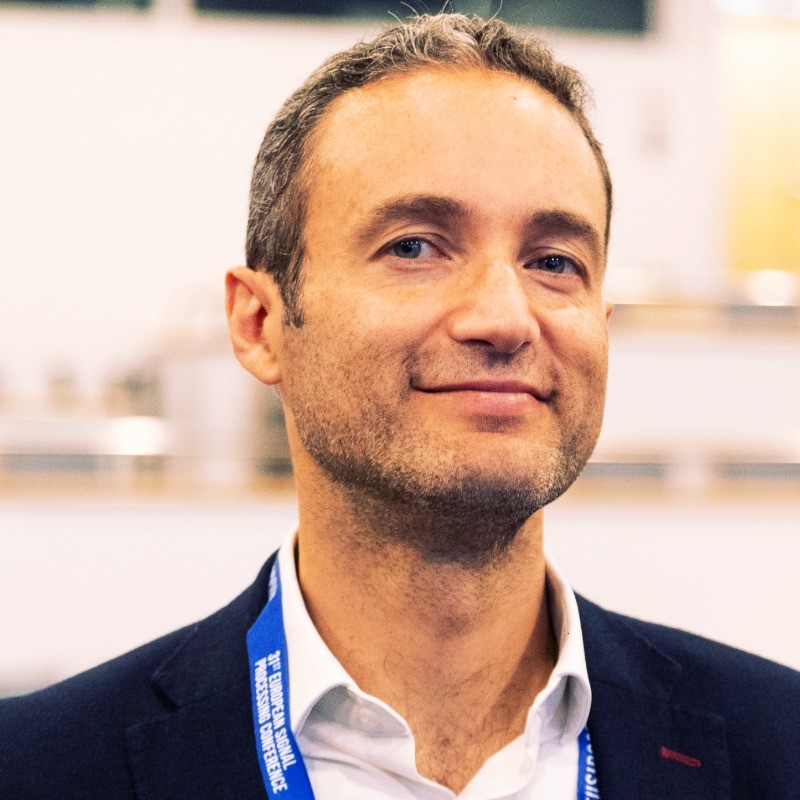
Short Biography
Osvaldo Simeone is a Professor of Information Engineering. He co-directs the Centre for Intelligent Information Processing Systems within the Department of Engineering of King's College London, where he also runs the King's Communications, Learning and Information Processing lab. He is also a visiting Professor with the Connectivity Section within the Department of Electronic Systems at Aalborg University. From 2006 to 2017, he was a faculty member of the Electrical and Computer Engineering (ECE) Department at New Jersey Institute of Technology (NJIT), where he was affiliated with the Center for Wireless Information Processing (CWiP). Dr Simeone is a co-recipient of several best paper awards, and he is the authors of a number of books, including "Machine Learning for Engineers" published by Cambridge University Press. He is a Fellow of the IET, EPSRC, and IEEE.
Abstract
AI-based "apps" are key components of next-generation wireless architectures, such as O-RAN. In typical deployments, AI apps can be used for decision making, e.g., for prediction, or for simulation, e.g., in digital twin platforms. AI apps are typically arranged into functional graphs, in which outputs from one app feed into another app. Current deployments of AI apps are best effort, lacking the theoretical backing of conventional model-based solutions. This talk addresses the question: Given pre-trained AI apps, can we ensure reliability at deployment time, irrespective of the quality of the underlying AI apps? Specifically, it will consider three different settings, one in which a single app is used for decision making; the second in which an app is used for prediction-based optimization and control; and the last in which multiple AI modules are linked together to provide some service. The statistical tools of conformal prediction, conformal risk control, and learn then test will be argued to offer formal reliability guarantees in the three cases. Examples will be provided to illustrate their use in wireless systems.
Massive Near-Field Spatial Multiplexing: Higher Capacity Without More Bandwidth

Short Biography
Emil Björnson is a Professor of Wireless Communication at the KTH Royal Institute of Technology, Stockholm, Sweden. He is an IEEE Fellow, Digital Futures Fellow, and Wallenberg Academy Fellow. He has a podcast and YouTube channel called Wireless Future. His research focuses on multi-antenna communications and radio resource management, using methods from communication theory, signal processing, and machine learning. He has authored four textbooks and published a large amount of simulation code.
He has received the 2018 and 2022 IEEE Marconi Prize Paper Awards in Wireless Communications, the 2019 EURASIP Early Career Award, the 2019 IEEE Communications Society Fred W. Ellersick Prize, the 2019 IEEE Signal Processing Magazine Best Column Award, the 2020 Pierre-Simon Laplace Early Career Technical Achievement Award, the 2020 CTTC Early Achievement Award, the 2021 IEEE ComSoc RCC Early Achievement Award, and the 2023 IEEE Communications Society Outstanding Paper Award. His work has also received six Best Paper Awards at conferences.
Abstract
The demand for wireless data traffic is steadily growing, thus, the expanding network capacity must remain the center point for 6G network development. In the 5G era, we have witnessed how the attempts to use more spectrum in mmWave bands have largely failed. The latest example is South Korea, which closed its networks in 2023. As we are running out of spectrum suitable for wide-area connectivity, we must search for alternative ways to cater to the exponential traffic growth. In this talk, we will have a look at whether enhancement in the multiple-input multiple-output (MIMO) technology can lead the way. The concepts of radiative near-field propagation, spherical wavefronts, finite-depth beamforming, and spatial degrees of freedom will be explained and connected to the physical antenna array dimensions. We will conclude on whether massive spatial multiplexing is an untapped resource that can boost the capacity of 6G networks, as well as what MIMO functionality we can expect in the first 6G deployments.
